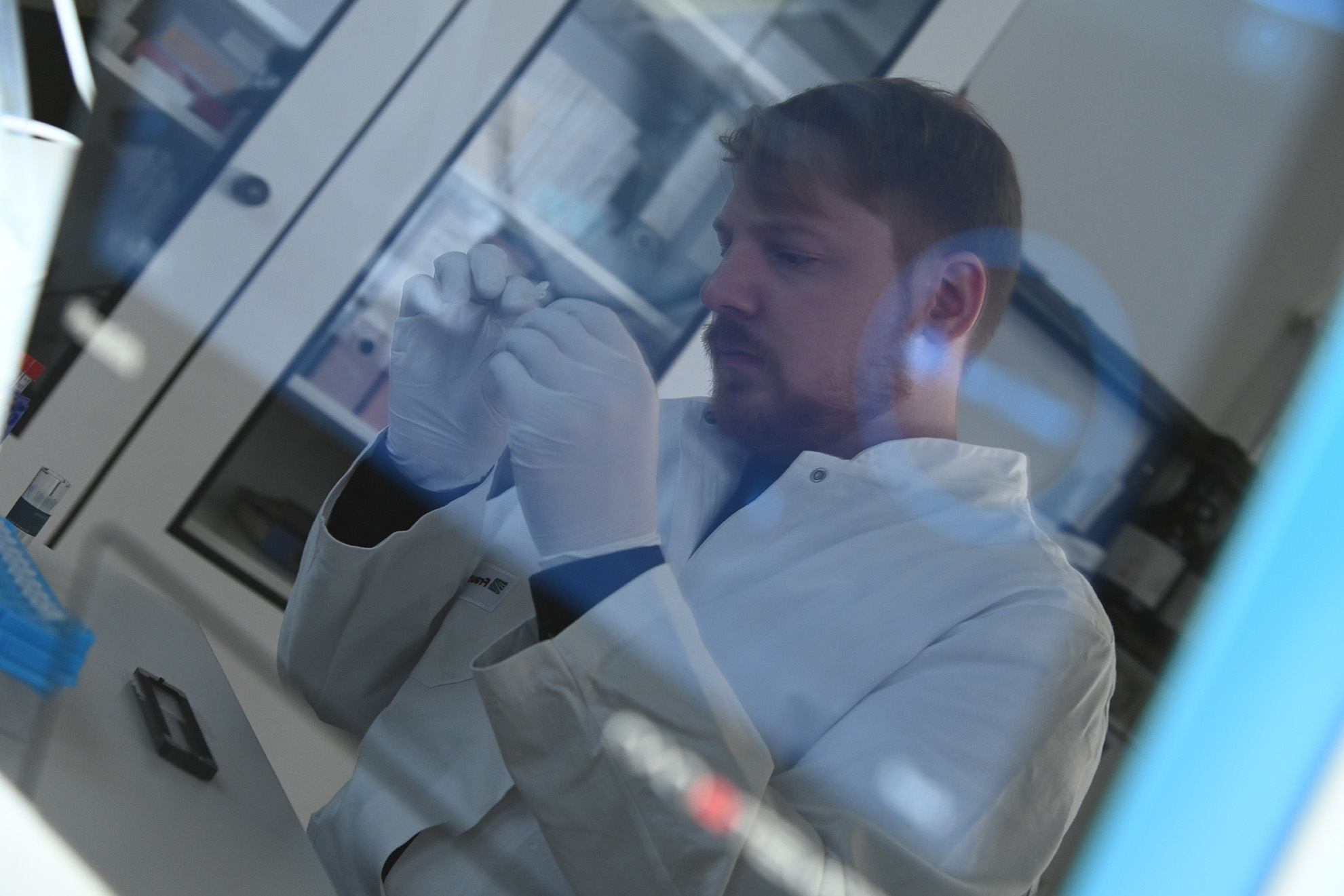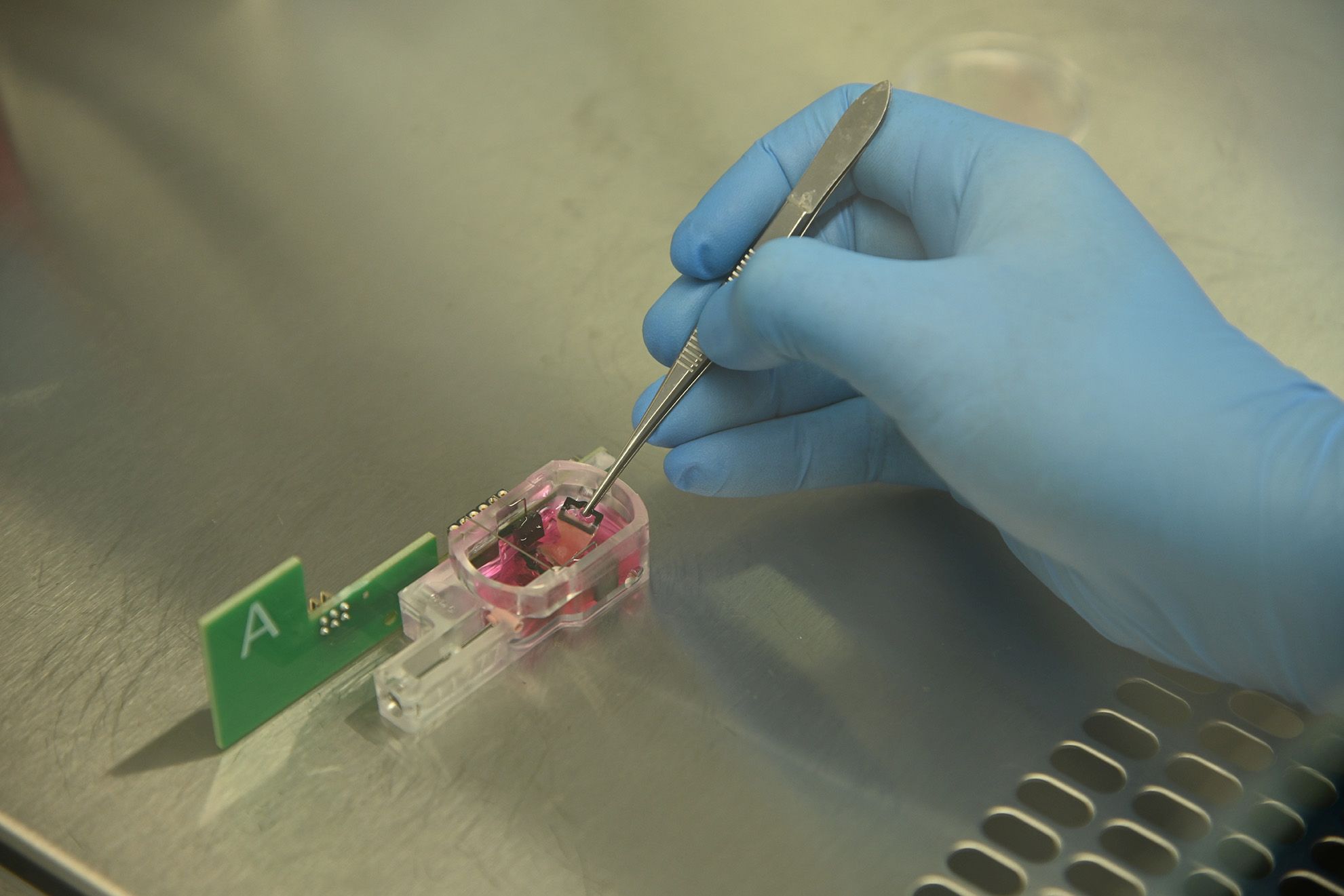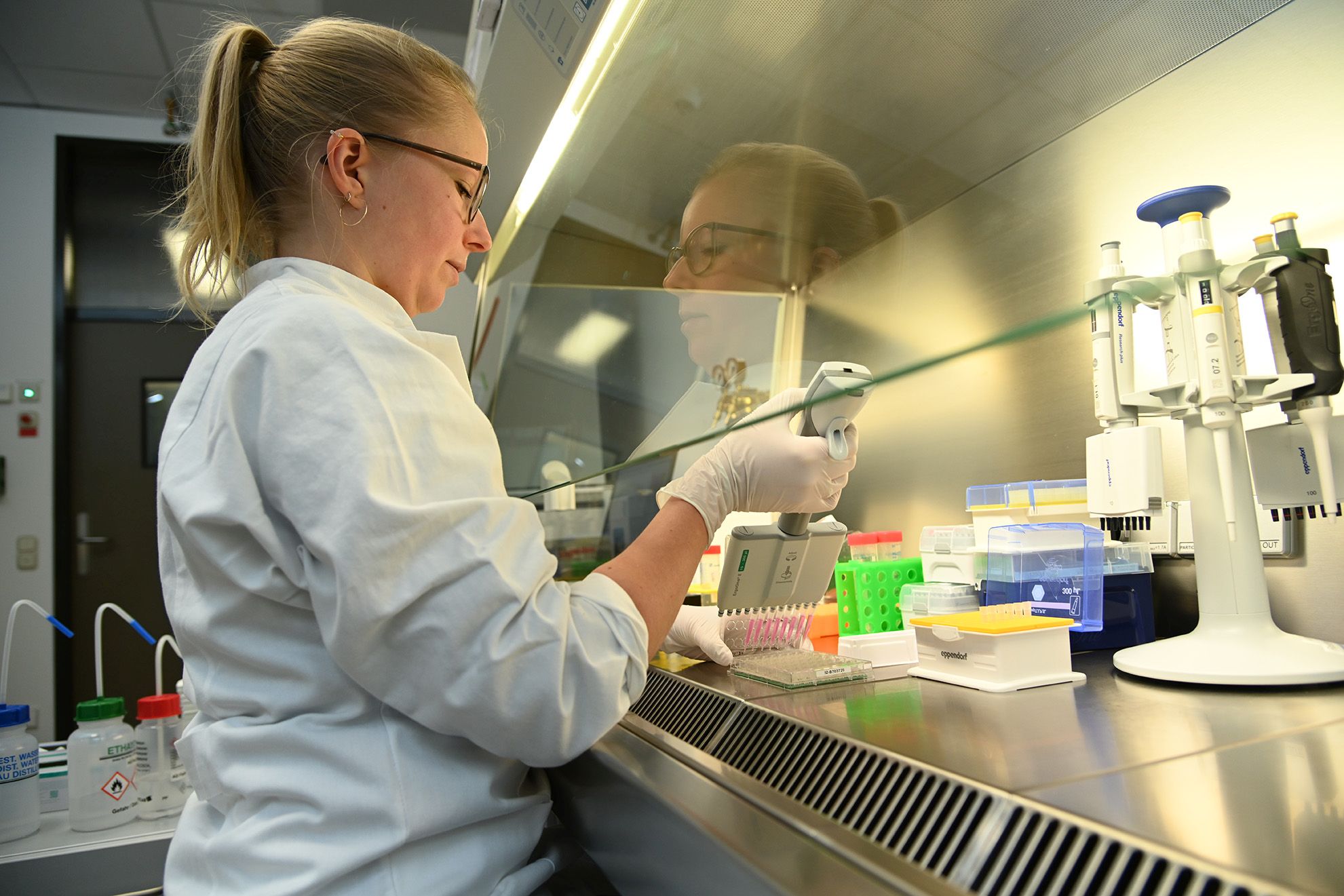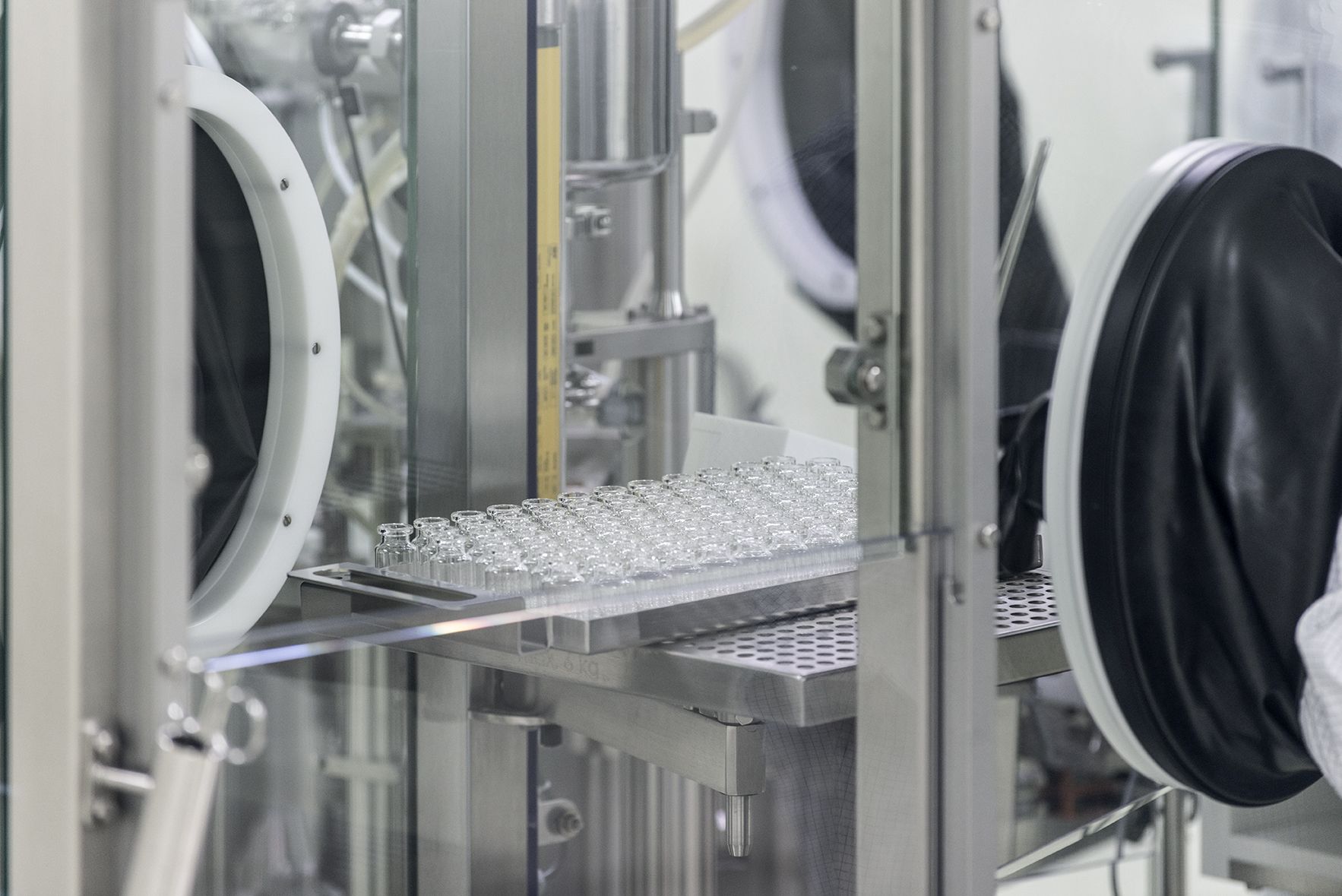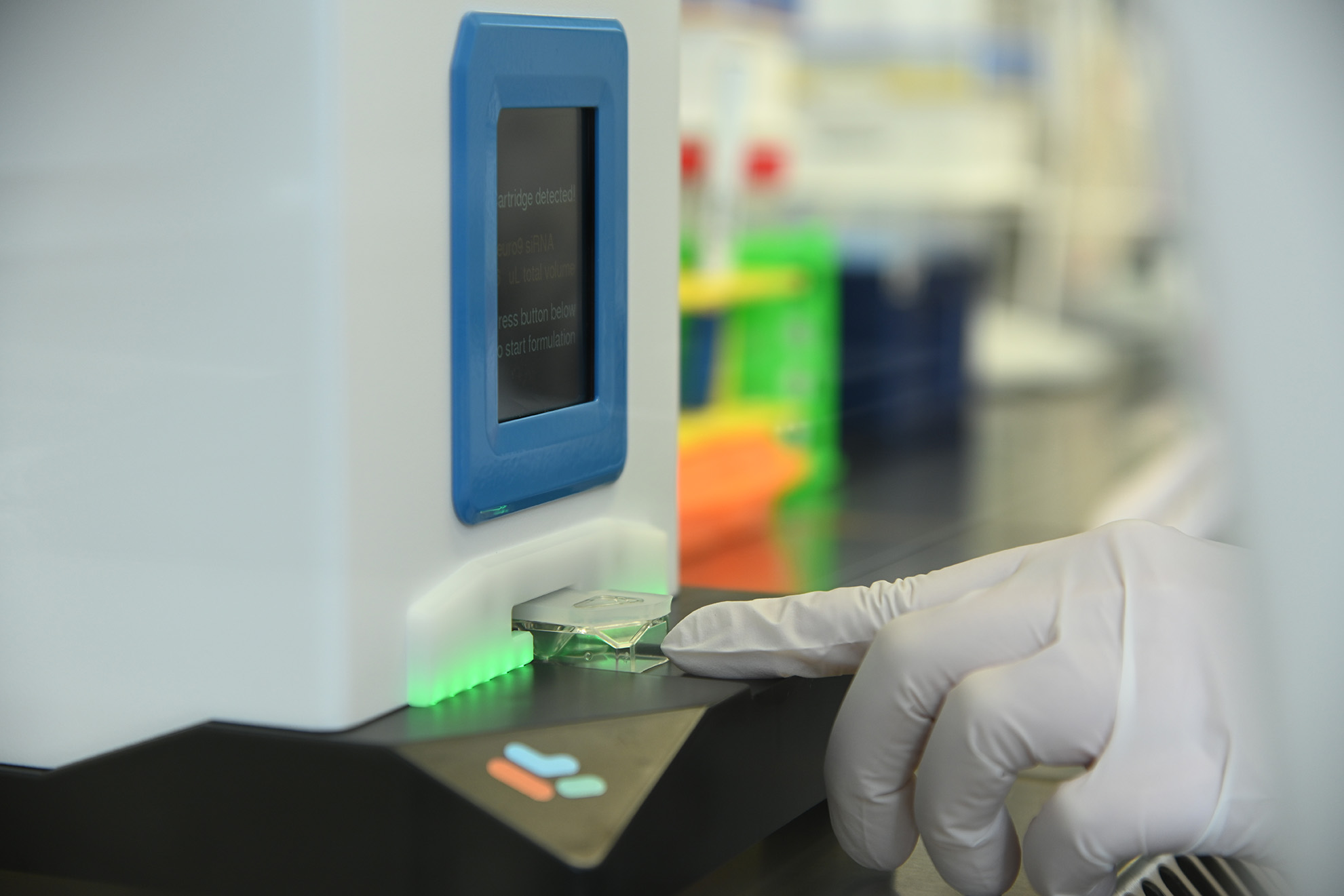RNA for targeted therapies
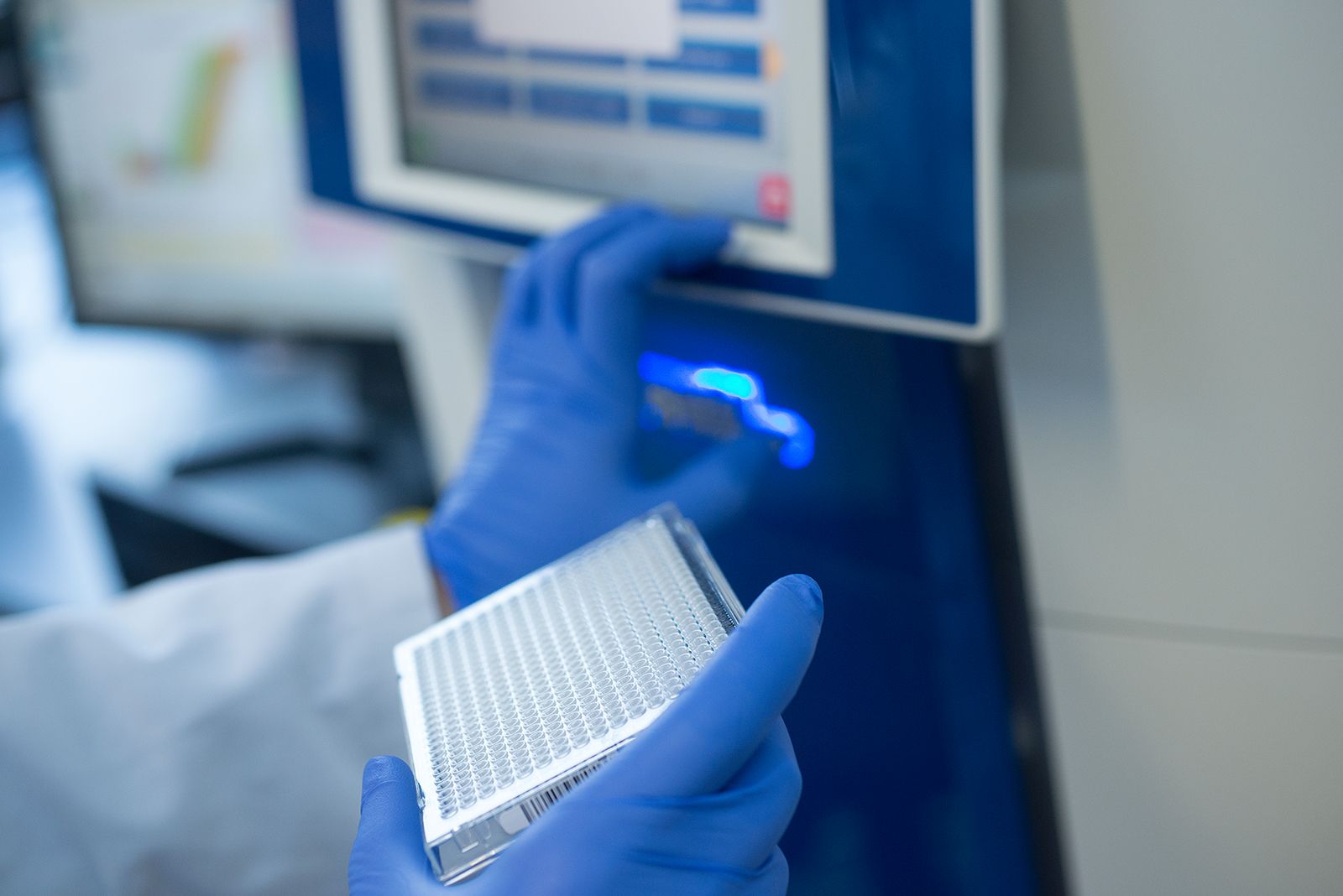
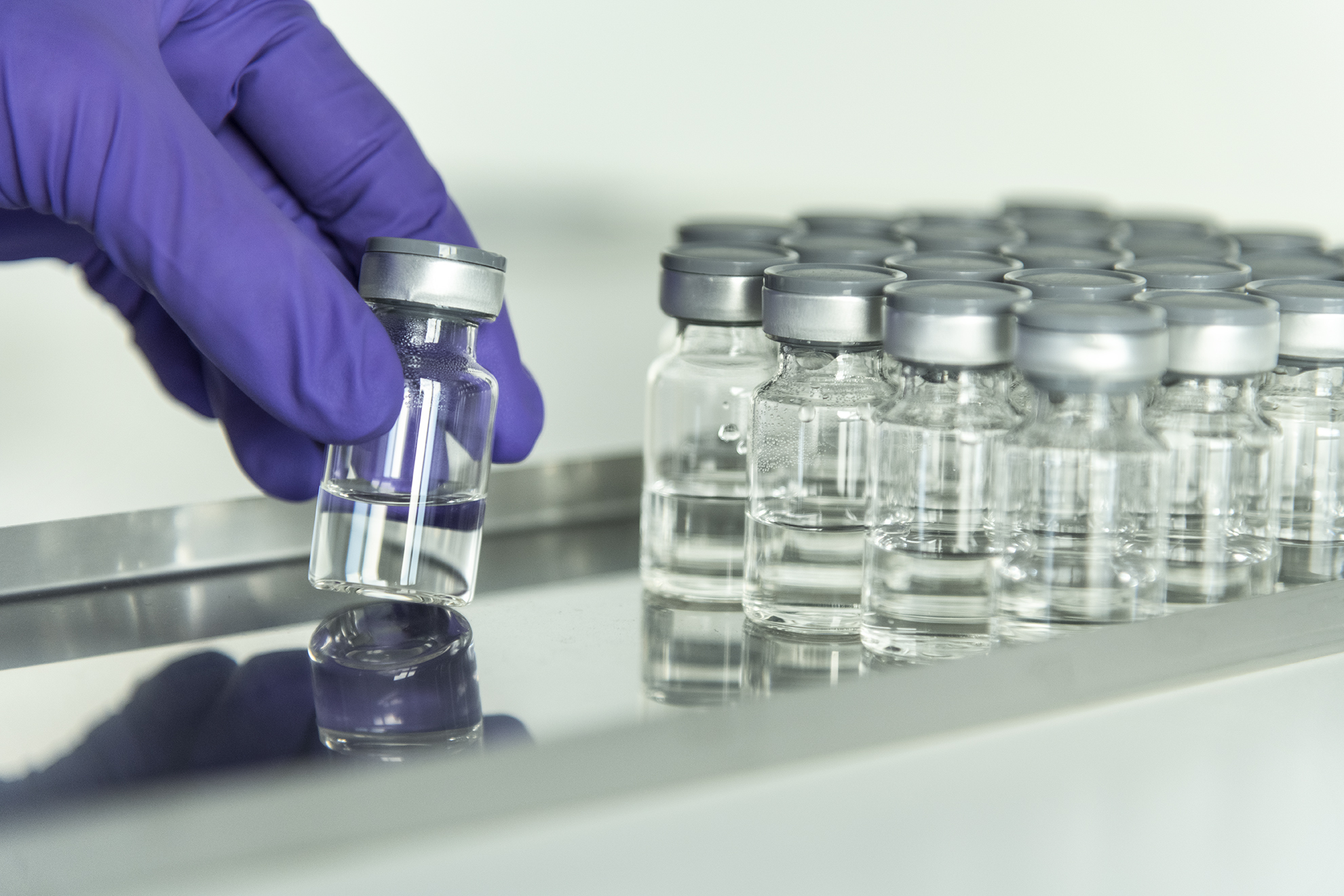
RNA-based therapeutics are a drug class with huge potential for medicine — and scientists have barely scratched the surface of their possible use. Fraunhofer ITEM researchers develop novel drugs and methods for RNA-based therapeutic concepts.
The targeted use of RNA compounds based on coding or non-coding RNA sequences enables a tailored response of the respective target cells under certain pathological conditions. Fraunhofer researchers use a wide range of RNA-based compounds, such as small interfering RNA, nucleoside-modified messenger RNA or RNA blockers — from target discovery through to preclinical development programs. Bioinformatic models play a key role when it comes to selecting disease-associated RNAs, studying their interaction with other genes, and optimizing drug design.
Special viral and non-viral administration technologies, both at the molecular and equipment level, are being developed for the targeted use of RNA compounds. Local delivery via the airways is a promising solution in particular for RNA therapeutics used to combat lung diseases.
Safety and efficacy testing of RNA compounds
For safety and efficacy testing of therapeutics, researchers use proven in-vitro and in-vivo animal models and are continuously developing new model systems that are based on human tissues as well as mini organs and cells derived from stem cells.
Process development and GMP production of RNA-based drugs
Researchers at Fraunhofer ITEM are developing bioprocessing methods and production technologies for the modular and automated manufacture of RNA molecules and RNA nanocarriers that can be scaled right up to industry level. Rapid, safe and reliable production technologies for the manufacture of RNA-based vaccines and drugs are a fundamental requirement for successful translation into marketable products. To support this, process development and GMP production of mRNA therapeutics for early-phase clinical trials take place at Fraunhofer ITEM, and the early-phase clinical trials can also be conducted in-house.
 Fraunhofer Institute for Toxicology and Experimental Medicine
Fraunhofer Institute for Toxicology and Experimental Medicine

